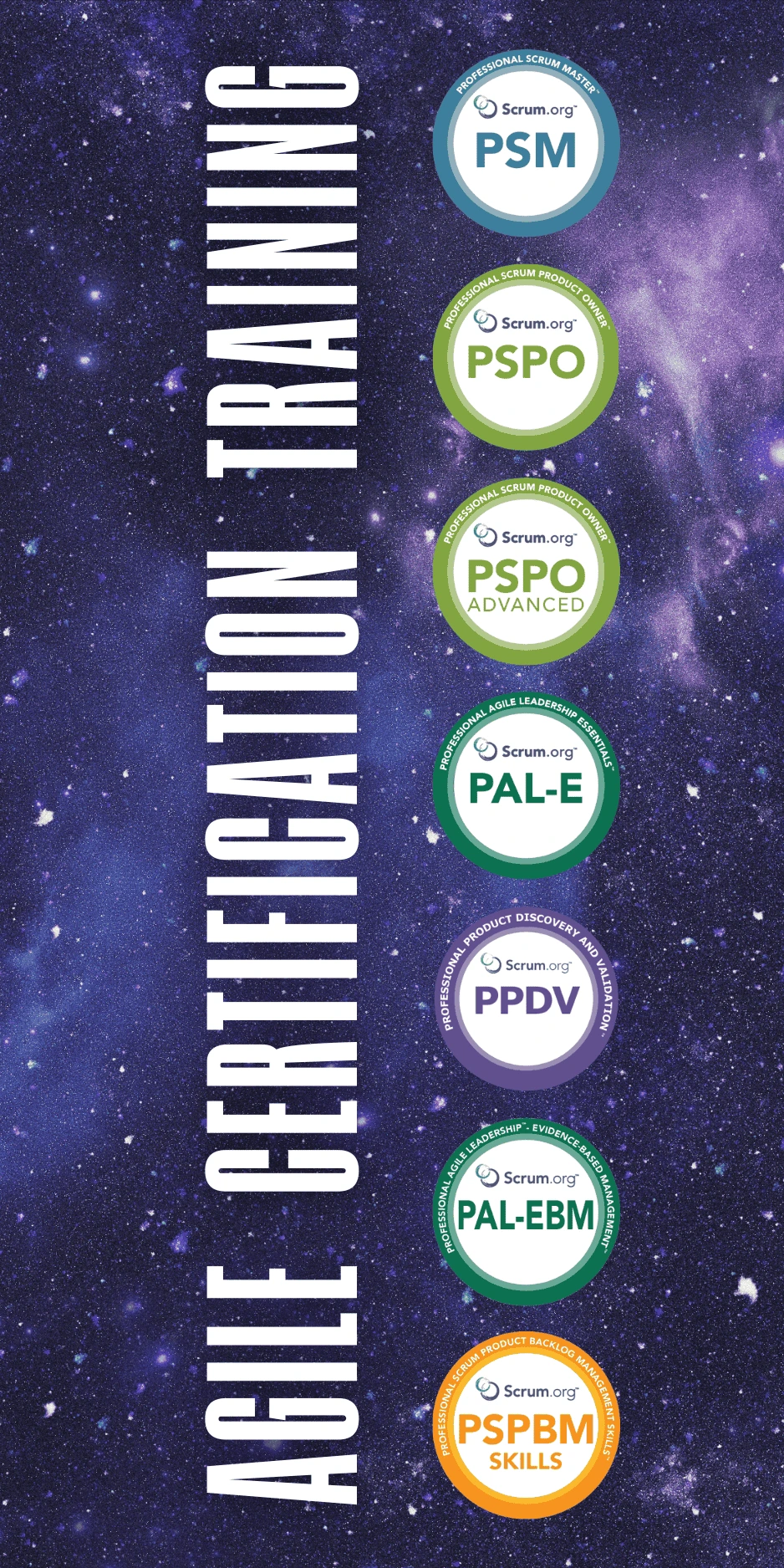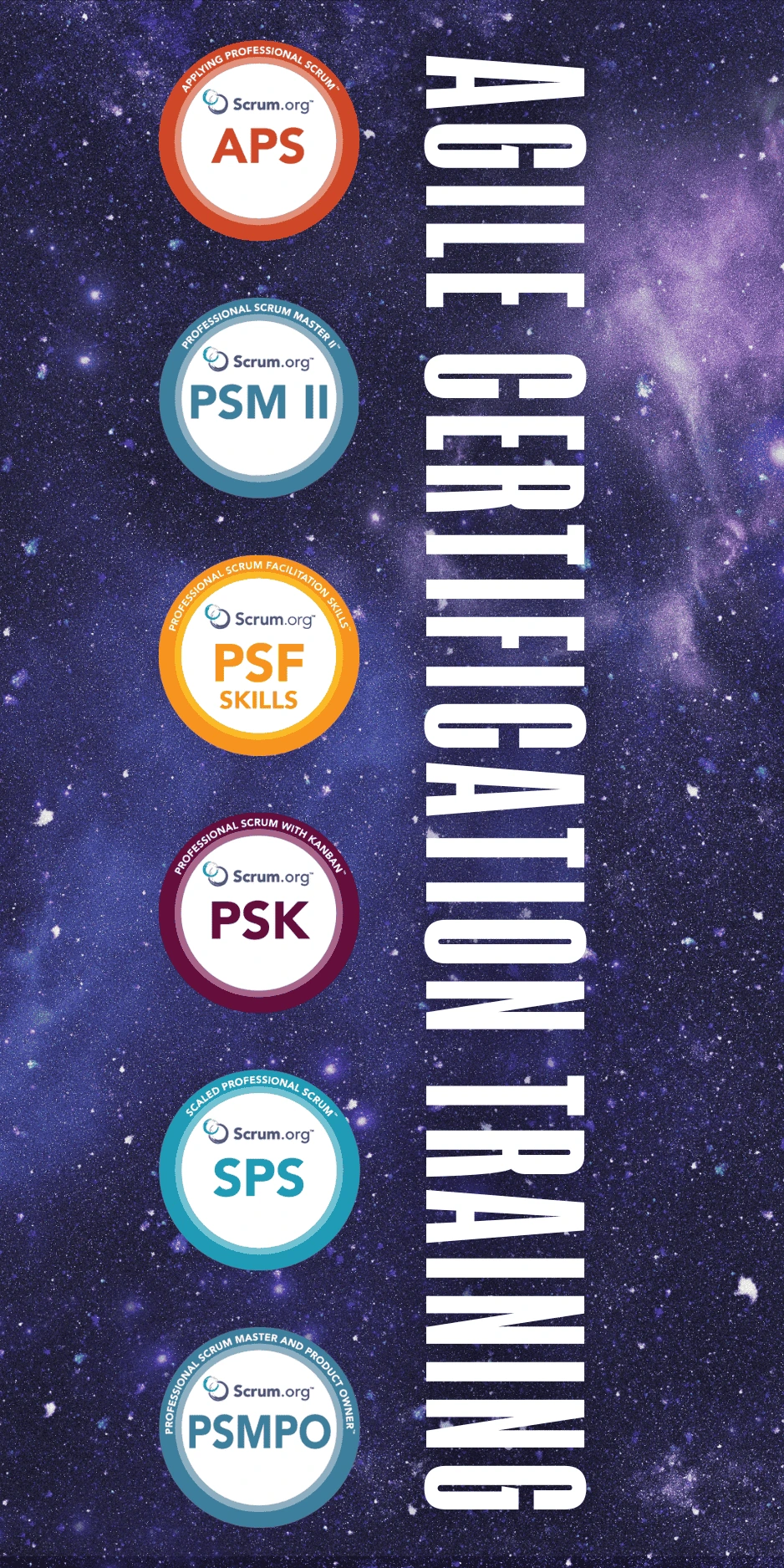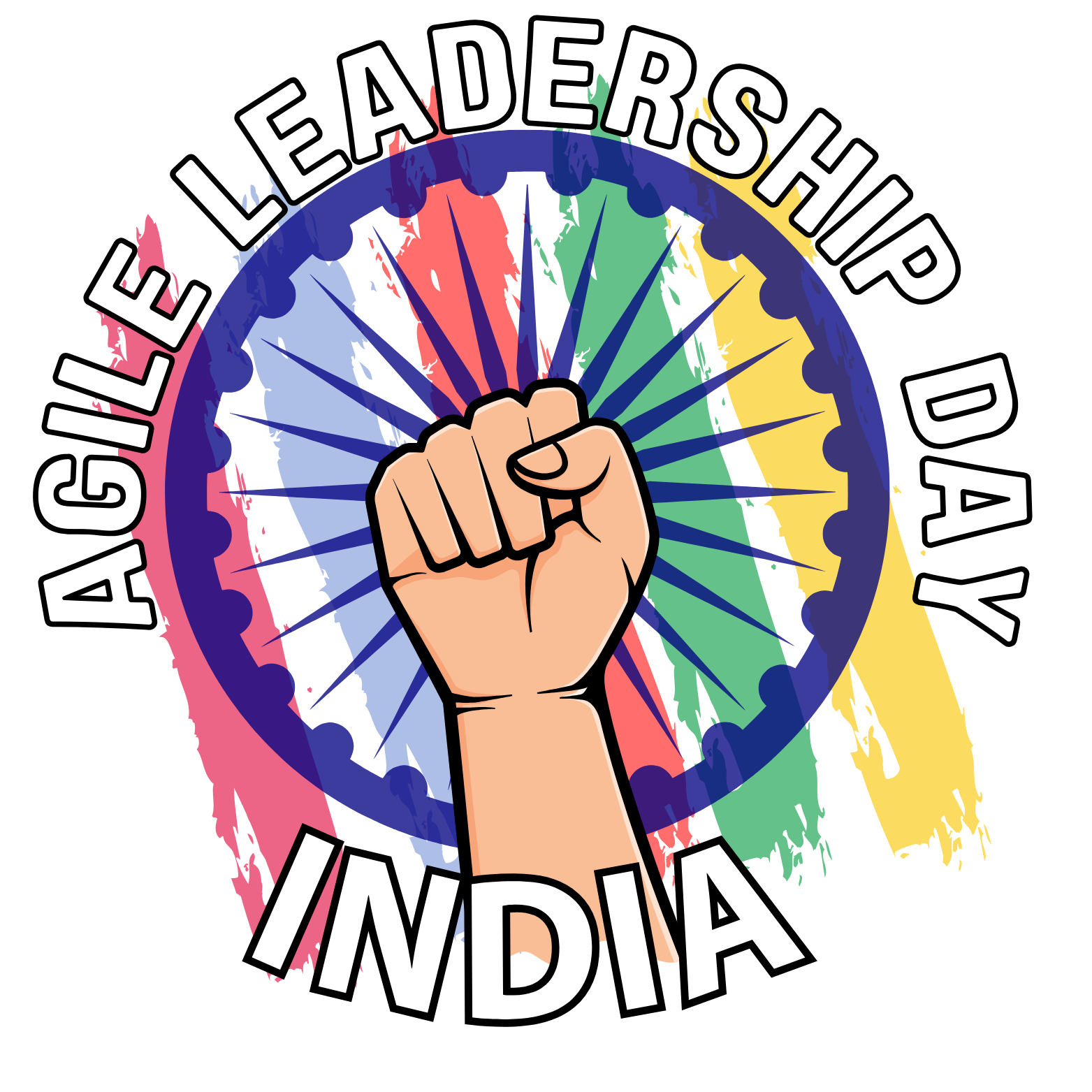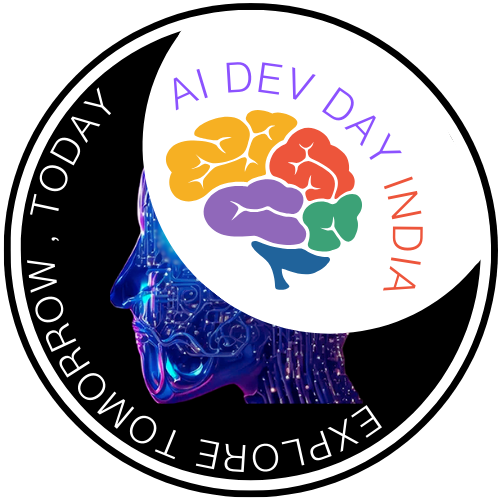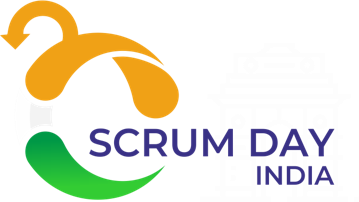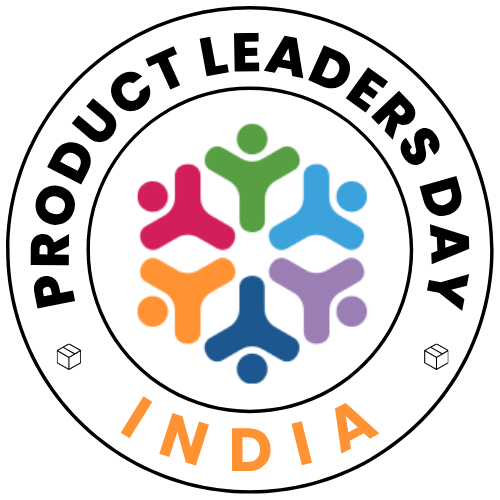AI-Driven Organizational Structure for Successful AI Transformation
To succeed with AI transformation, organizations need structures specifically designed for the unique demands of AI development, deployment, and innovation. Traditional hierarchical structures and siloed functional groups often hinder AI initiatives due to slow decision-making and limited adaptability.
Drawing from extensive experience scaling agile practices in innovative, technology-intensive environments, here's an organizational structure specifically optimized for AI initiatives:
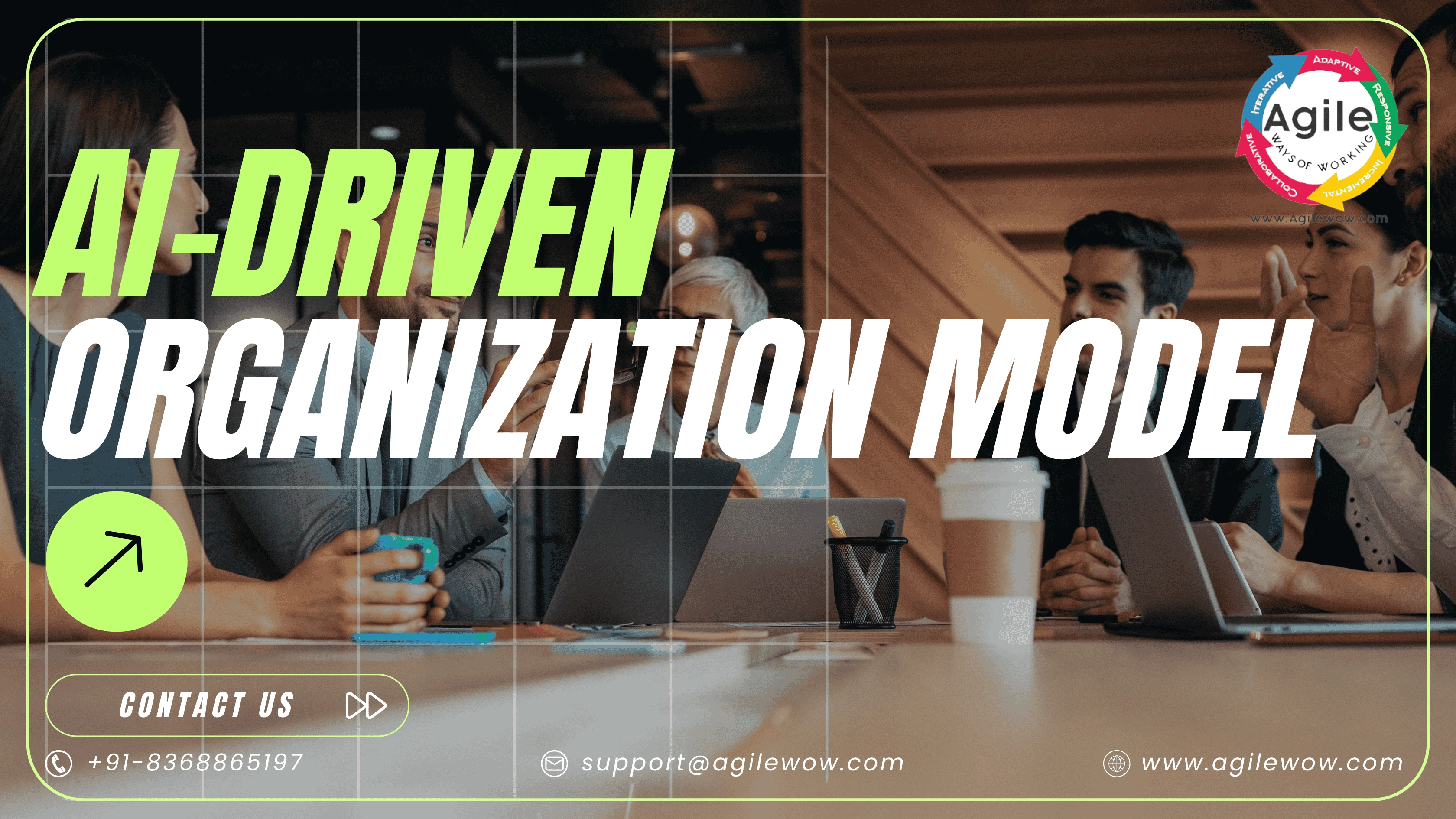
Core Principles for AI-Driven Organizations
-
Data-Driven Autonomy: Teams empowered with autonomy, guided by data insights and continuous experimentation.
- Teams empowered with autonomy
- Guided by data insights
- Continuous experimentation
-
Rapid Learning Cycles: Short, iterative cycles of AI model experimentation, testing, and learning.
- Short, iterative cycles
- AI model experimentation
- Testing
- Learning
-
Cross-Functional Collaboration: Combining AI specialists, data professionals, business stakeholders, and domain experts in tightly integrated teams.
- Combining AI specialists
- Data professionals
- Business stakeholders
- Domain experts
- Tightly integrated teams
-
Continuous Innovation: Structured to facilitate innovation through community-driven knowledge sharing and experimentation.
- Structured to facilitate innovation
- Community-driven knowledge sharing
- Experimentation
AI-Optimized Team Structures
AI Pods (Cross-Functional AI Teams)
Similar to small agile teams but optimized specifically for AI workloads:
Composition:
- Machine Learning Engineers
- Data Scientists
- Data Engineers
- AI Product Managers
- Domain/Business Experts
- UX/UI Designers (when relevant)
- MLOps Specialists
Responsibilities:
-
Own end-to-end AI development cycles: from ideation, data exploration, and model prototyping to deployment and monitoring.
- Ideation
- Data exploration
- Model prototyping
- Deployment
- Monitoring
-
Conduct rapid, iterative experiments (A/B tests, quick pilots, MVP deployments).
- A/B tests
- Quick pilots
- MVP deployments
-
Continuously optimize AI models and solutions based on real-time user and data feedback.
- Optimize AI models
- Optimize solutions
- Based on real-time user feedback
- Based on data feedback
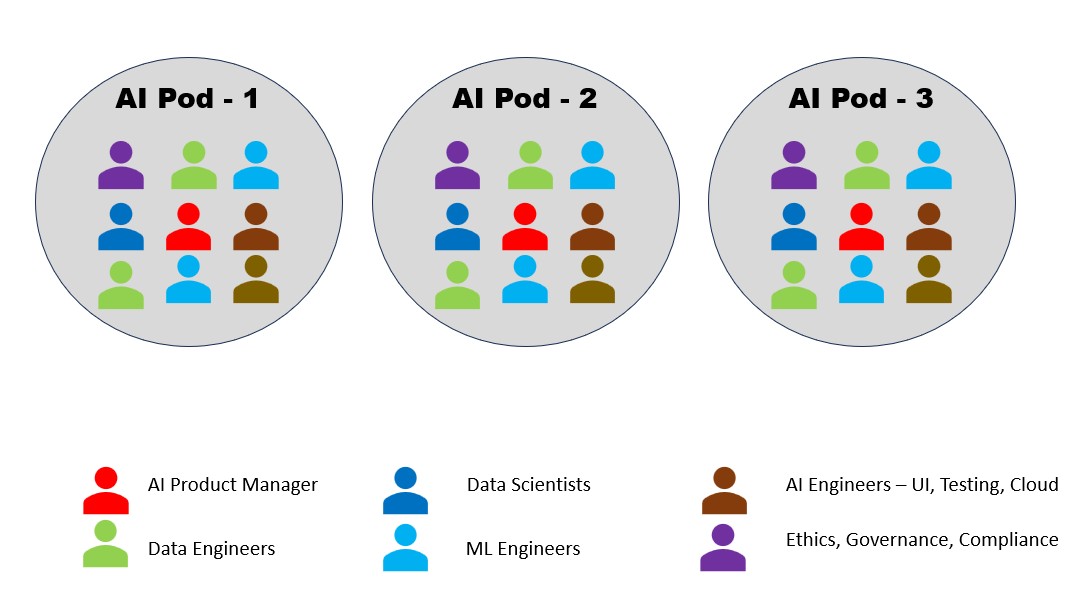
AI Domains (Strategic Groups)
Groups of AI Pods focused around key strategic business domains or product areas:
Examples:
- Customer Engagement & Personalization
- Supply Chain & Logistics Optimization
- Predictive Analytics and Decision Support
- AI-driven Product Innovation & R&D
Responsibilities:
-
Ensure strategic alignment of AI Pods with the organizational vision and business outcomes.
- Strategic alignment of AI Pods
- Organizational vision
- Business outcomes
-
Facilitate shared resources and strategic direction to maximize AI initiatives' impact.
- Facilitate shared resources
- Strategic direction
- Maximize AI initiatives' impact
-
Promote inter-Pod collaboration within the domain for optimal resource use and strategic coherence.
- Promote inter-Pod collaboration
- Optimal resource use
- Strategic coherence
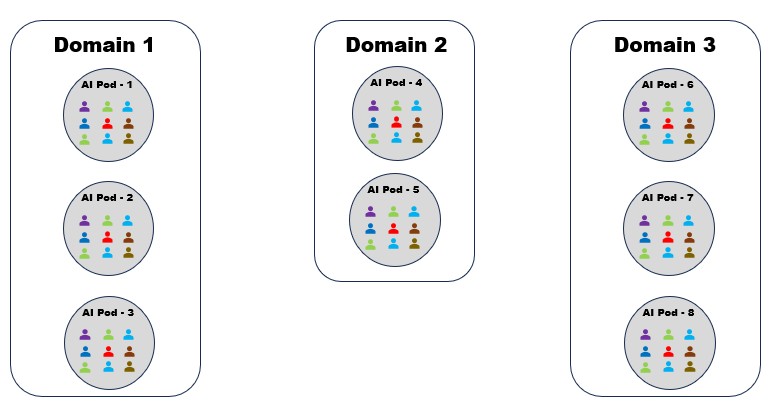
AI Capability Networks (Skill Networks)
Organized around specific AI expertise and disciplines, these communities span across AI Pods and Domains to promote knowledge sharing and functional excellence:
Examples:
- Natural Language Processing (NLP) Capability Network
- Computer Vision and Image Processing Network
- MLOps & AI Infrastructure Network
- AI Ethics & Responsible AI Network
Responsibilities:
-
Provide specialized expertise, training, and continuous skill development to ensure organizational AI capabilities grow continuously.
- Specialized expertise
- Training
- Continuous skill development
- Ensure organizational AI capabilities grow continuously
-
Maintain AI best practices, standards, and consistency across Pods and Domains.
- Maintain AI best practices
- Maintain standards
- Maintain consistency across Pods and Domains
-
Actively facilitate cross-team knowledge sharing, ensuring rapid transfer of technical breakthroughs.
- Actively facilitate cross-team knowledge sharing
- Ensuring rapid transfer of technical breakthroughs

AI Innovation Labs (Knowledge Communities)
These informal groups encourage innovation, experimentation, and continuous learning across the entire organization, breaking down silos and fostering collaboration around emerging AI technologies and trends.
Examples:
- Generative AI Innovation Lab
- AI-driven Automation Lab
- AI Product Design and Innovation Lab
Responsibilities:
-
Promote bottom-up innovation through regular hackathons, tech talks, research sharing, and experimental prototyping.
- Regular hackathons
- Tech talks
- Research sharing
- Experimental prototyping
-
Continuously evaluate and integrate new AI technologies and methods into organizational practices.
- Evaluate new AI technologies
- Integrate new AI technologies
- Evaluate new AI methods
- Integrate new AI methods
- Into organizational practices
-
Drive exploratory AI projects that may lead to breakthrough innovations.
- Drive exploratory AI projects
- May lead to breakthrough innovations
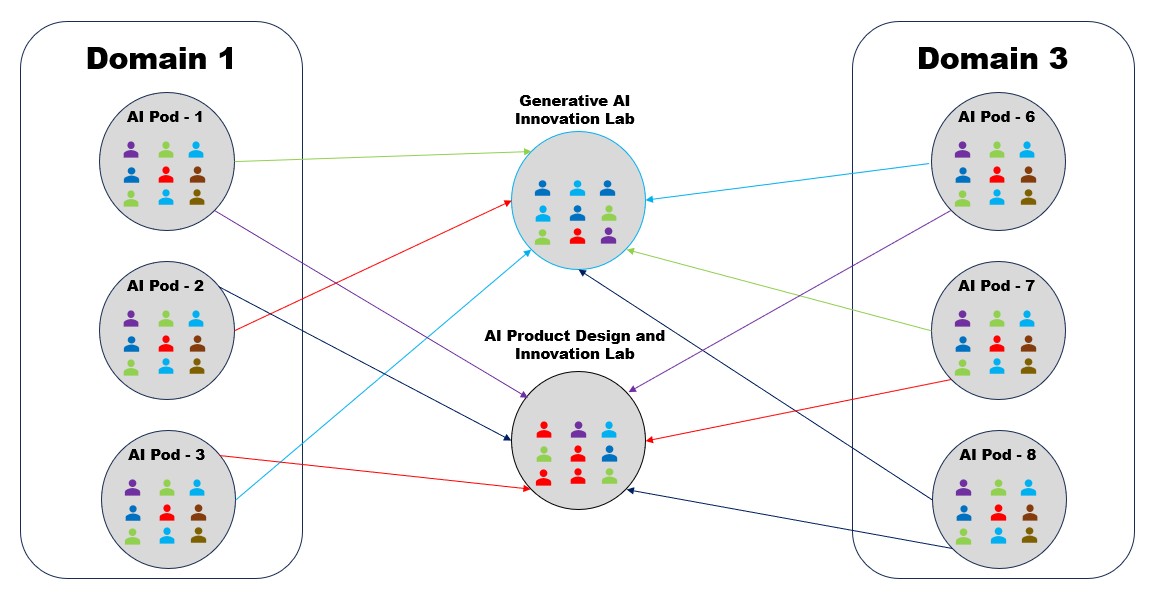
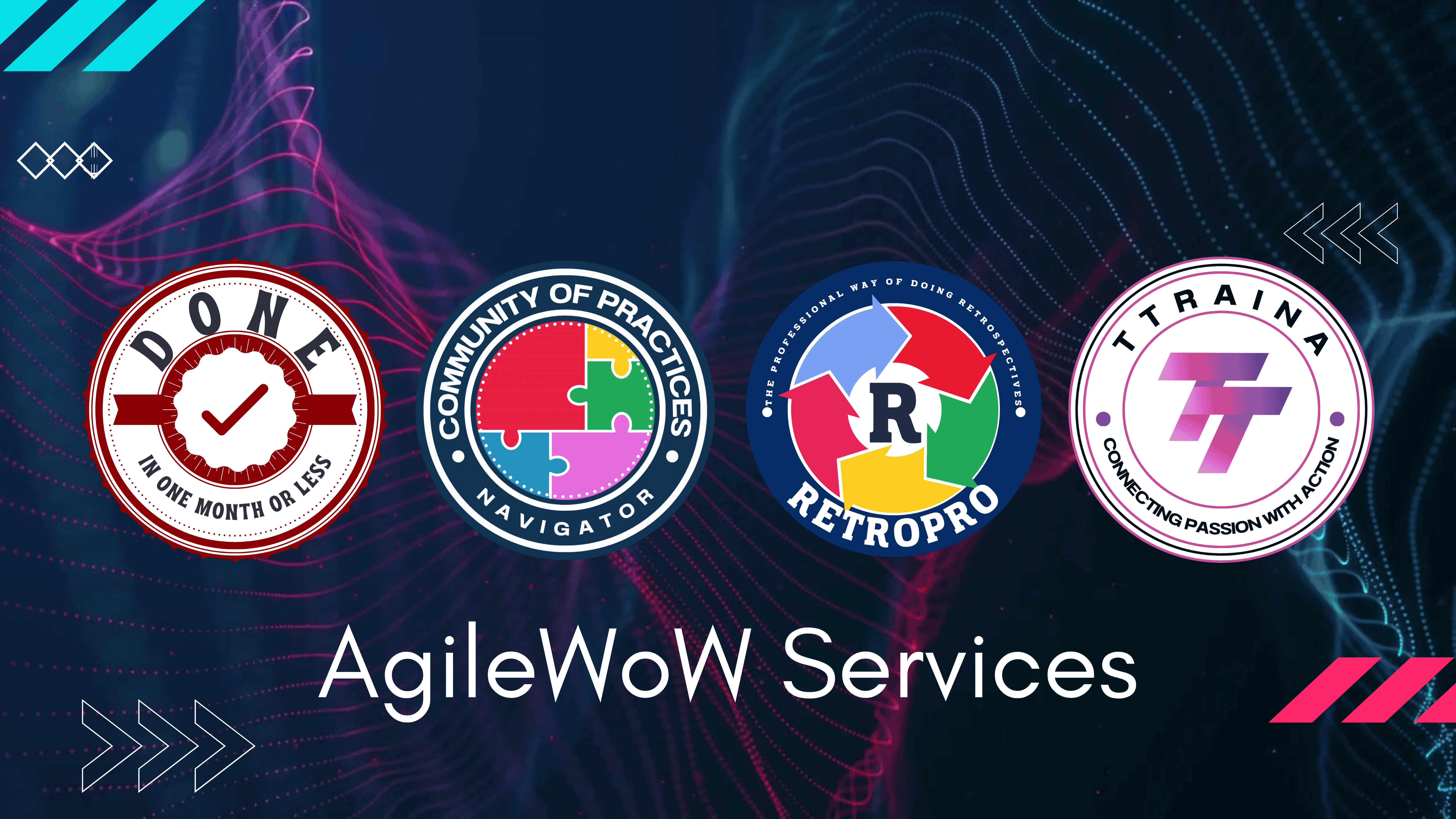
AI Governance & Leadership
Central AI Steering Group
This strategic group coordinates the overall AI vision, strategy, and governance. It ensures alignment, resource allocation, and effective prioritization across all AI Pods and Domains.
Responsibilities:
-
Set the organizational AI strategy and priorities based on strategic business objectives.
- Set the organizational AI strategy
- Set priorities
- Based on strategic business objectives
-
Oversee ethical AI practices and responsible governance (transparency, fairness, bias mitigation).
- Oversee ethical AI practices
- Responsible governance
- Transparency
- Fairness
- Bias mitigation
-
Provide strategic resources (talent, funding, technology infrastructure) and address structural challenges proactively.
- Provide strategic resources
- Talent
- Funding
- Technology infrastructure
- Address structural challenges proactively
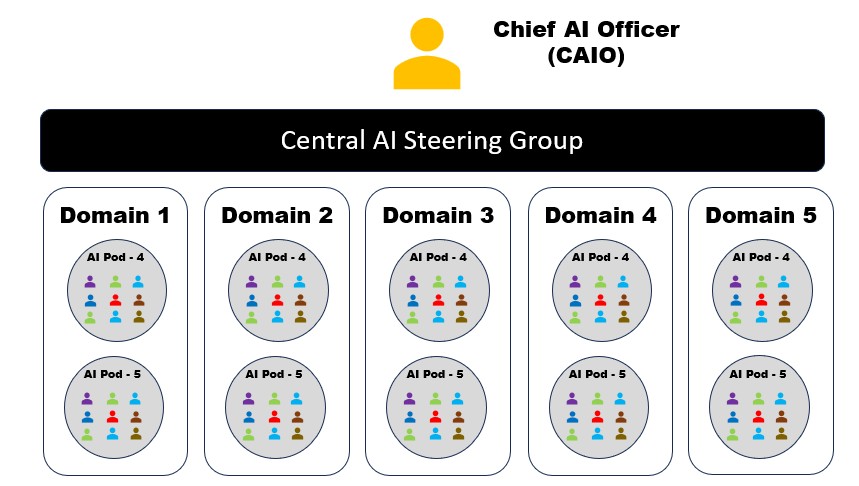
Why This AI Model Works:
- Rapid adaptability: Enables swift pivots as AI projects evolve, preventing stagnation or misalignment.
- Continuous experimentation: AI Pods use iterative cycles to test ideas, accelerating innovation and reducing risk.
- Specialized expertise & knowledge sharing: Capability Networks ensure best practices and skills continuously evolve and disseminate.
- Alignment without rigidity: AI Domains and the Steering Group ensure teams stay aligned with strategic goals, while still maintaining local autonomy for innovation.
Implementing an AI transformation demands rethinking traditional organizational structures. Successful AI teams require autonomy, flexibility, iterative practices, and extensive cross-functional collaboration.
This AI-driven organizational model balances strategic coherence, rapid experimentation, and continuous learning—setting the foundation for successful, scalable AI transformations.
